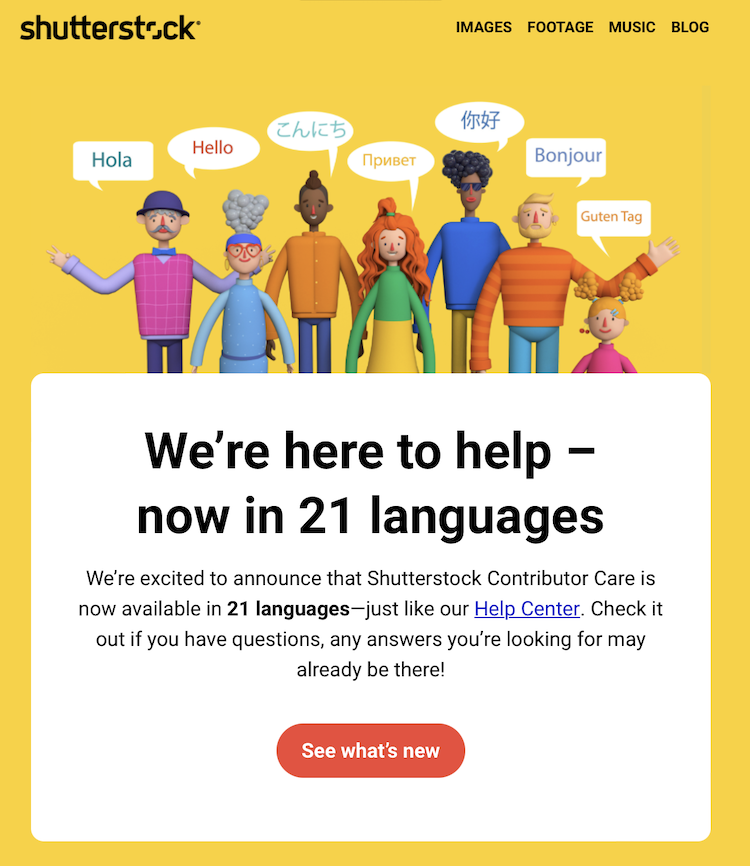For many years, the addition of languages (as part of website localization) has ranked one of the least-promoted developments on any given website.
Languages were added. End of story.
Perhaps this is because localization teams have rarely been looked upon at the same level as product teams — a major oversight in my view.
Apple didn’t just get to selling more than 60% of its products and services outside the US via an English-only website Nor is the iPhone globally successfully without supporting a user interface that has been localized into more than 30 languages. All those languages and culture adaptations have played a critical role in the company’s success. I could highlight a dozen companies just like Apple, companies that have developed global brand names in part because of the localization teams that made these brands locally accessible.
And yet, if you visit the home page of Apple in search of a “global gateway” link to all these languages — you’ll have to scroll down to the very bottom of the page. Fortunately, Apple does not use geolocation to present a message above the header selectively; but I’d still prefer to see a global gateway permanently located in the header.
Actions speak louder than words. And in the real estate of a website, those actions are reflected in what elements are presented at the top and which are relegated further down the page.
Which is why I’m pleased to say that over the past few years this mindset appears to be changing. I mentioned a few years ago how Airbnb promoted its nearly doubling of languages.
And here, in my inbox last year, was this announcement from Shutterstock:

Sometimes, support for languages is less about support for your customers as it is about support for your customers’ customers.
Like with the design app Figma (since acquired by Adobe).
Figma announced new capabilities last year, including support for Arabic and other right-to-left scripts:

Language may not be viewed as that killer feature that propels growth. But languages enable killer features to become global features and this results in growth.
I’ll have much more to say about languages — and a surprise development — in the 2023 Web Globalization Report Card.
